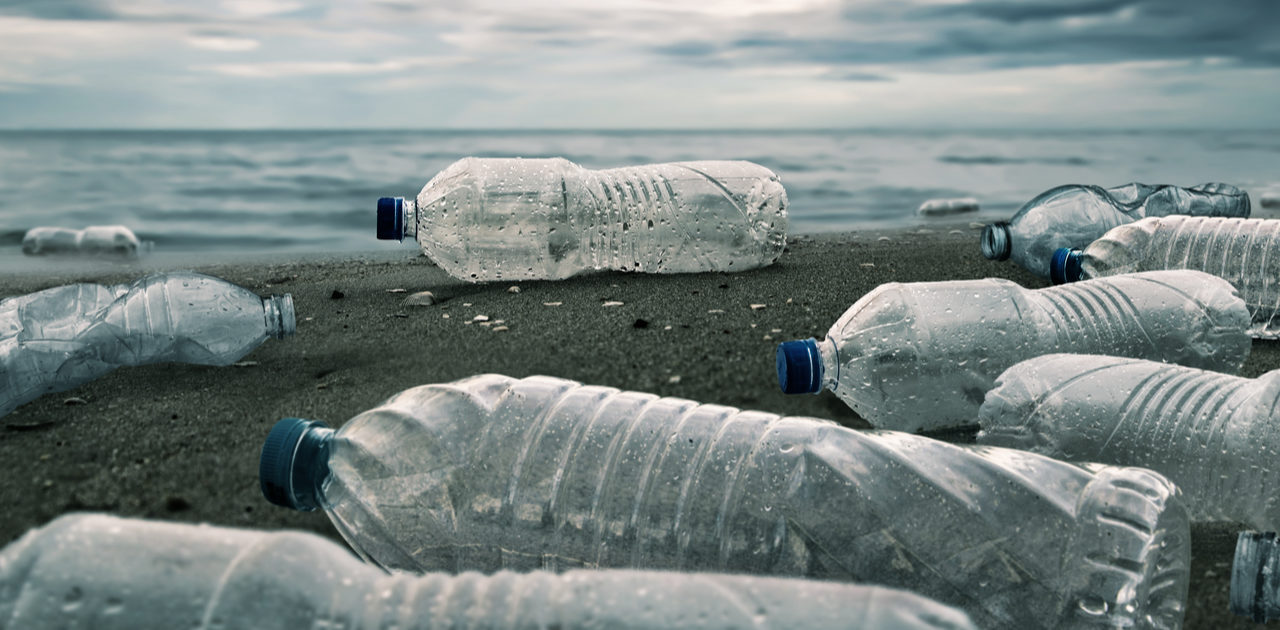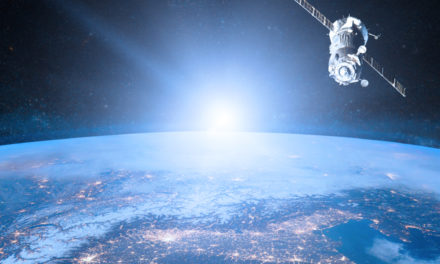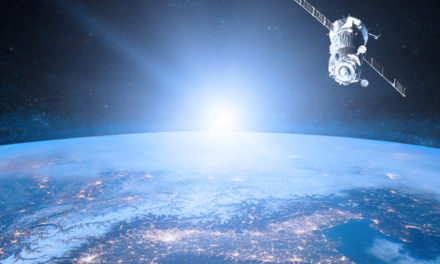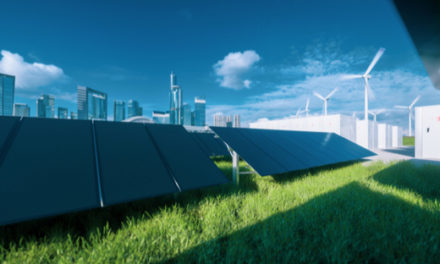
The Future Of … The Next Generation of Packaging
Only 14 percent of global plastic packaging is subject to recycling. If any progress is to be made in reducing the environmental impact of packaging, it will need to involve a mix of approaches.
To view the full article please register below:
The Future Of … The Next Generation of Packaging
Nearly every product sold in America and around the world comes in some form of packaging. It usually ends up in the waste stream—tons of paper and plastic created for a single use, costing untold energy and leaving environmental destruction in its wake.
According to one estimate, only 14 percent of global plastic packaging is ever recycled.1
If any progress is to be made in reducing the environmental impact of packaging, it will need to involve a mix of approaches, including:
- Redesign and innovation
- Reuse
- More efficient recycling
Innovation: Let a Hundred Flowers Bloom
The amount of energy, creativity and funds being invested into reimagining how we package products is yielding a rich set of possible solutions, including:
- PDK (polydiketoenamine), a new polymer that can be used, recycled and reused without ever losing its original properties or value.
- Bioplastics, a plant-based type of plastic that avoids fossil fuels in its production and can be composted. It represents an especially effective solution for single-use items like plastic utensils, straws and snack bags.
- Edible packaging, like seaweed-based water bottles. As a plus, if eating product packaging is unappealing, it will biodegrade harmlessly.
- Plantable packaging, in which compostable packaging is infused with seeds that will grow into vegetation following its disposal.
- Design changes that maximize reuse, such as cardboard boxes that seal without tape so they can be more readily used over and over again, or minimal package design that lowers the amount of packaging materials used, such as Puma’s “Clever Little Bag,” which reduces cardboard use.
- Recycling into new products, including roadways, tennis shoes and oil.
- A “smart” food expiration label that turns color as the food approaches its expiry date, increasing food safety and reducing household food waste.
These innovations don’t address the current PET plastics crisis, but research continues into a discovery of a bacterium that consumes PET and how to engineer it to accelerate its rate of appetite.
Businesses Are All In
In a 2019 report by the Ellen McArthur Foundation, over 200 businesses responsible for more than 20 percent of global plastic packaging have signed on to the New Plastics Economy Global Commitment to address plastic waste and pollution, including Nestle, Proctor & Gamble, Walmart and Costco.2
Interested in learning more about plastic waste and what’s being done about it? Check out our previous post, The Future of Plastic Recycling.
Sources:
- https://www.ellenmacarthurfoundation.org/news/new-plastics-economy-report-2-launch
- https://www.ellenmacarthurfoundation.org/news/more-than-400-signatories-have-signed-the-new-plastics-economy-global-commitment
See referenced disclosure (2) at https://blog-dev.americanportfolios.com/disclosures/












